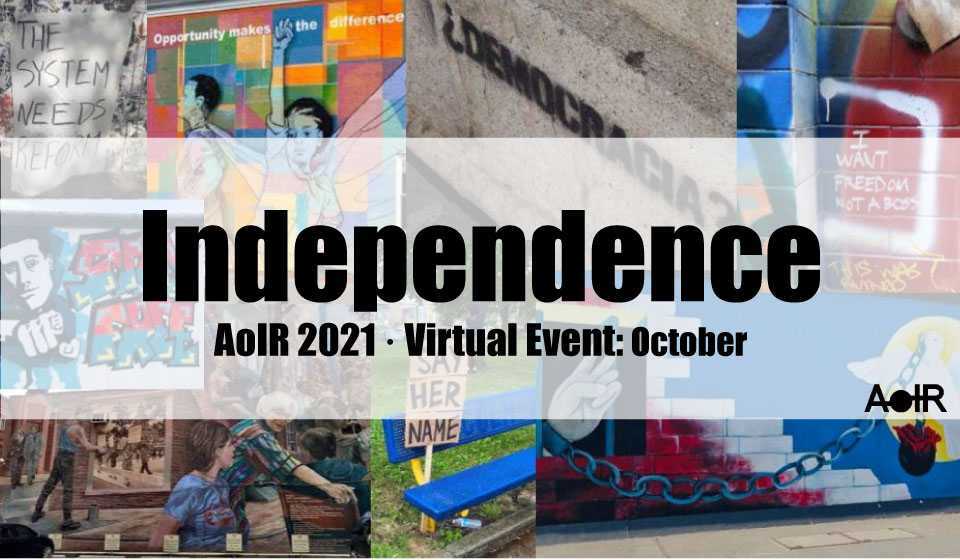ACCOMMODATING COMMUNICATION WITH CONVERSATIONAL AGENTS: EXAMINING THE PERCEPTIONS AND BEHAVIORS OF OLDER ADULTS WHEN USING VOICE ASSISTANT TECHNOLOGY
DOI:
https://doi.org/10.5210/spir.v2021i0.12221Keywords:
communication accommodation theory, human-machine communication, digital voice assistants , older adultsAbstract
The purpose of this study is to examine the communicative relationship between older adults and conversational agents (CA), such as a Google Home Mini, to understand if and how interaction with AI-based voice technology affects perceptions, technological adoption, and, ultimately, human-machine communicative behaviors. Using the Communication Accommodation Theory (CAT) framework (Gallois & Giles, 2015), and the categorical schema as outlined in the Unified Theory of Adoption and Utilization of Technology (UTAUT) model (Venkatesh et al., 2003) of technology acceptance, we qualitatively assess the relationship between expectations for use and ongoing / post-interaction user attitudes. CAT focuses on the adjustments we make in our perceptions of and engagement in communicative behaviors. In other words, we enter into communicative situations with intentions and motivations derived from antecedent socio-historical context in mind. This squares with what the UTAUT model details as influencers of technological adoption and use: performance expectancy, effort expectancy, social influence, and facilitating conditions (Venkatesh et al., 2003). We use these constructs as a coding guideline to index data scraped from the Mini, and collected from surveys, interview transcripts, user journals, and field notes throughout a 10-week study. Historically, CAT is applied to human-human communication exchanges. As the theory posits that interpersonal relationships can and will influence motivations or intentions for dyadic communication, this makes sense. However, we argue that as AI-based voice technologies become more sophisticated as voice assistants enter our intimate spaces, the application of CAT to the human-machine communicative relationship is warranted.Downloads
Published
2021-09-15
How to Cite
O’Connell, C., Quinn, K., Marquez, D., Chin, J., Muramatsu, N., Leiser, S., … Desai, S. (2021). ACCOMMODATING COMMUNICATION WITH CONVERSATIONAL AGENTS: EXAMINING THE PERCEPTIONS AND BEHAVIORS OF OLDER ADULTS WHEN USING VOICE ASSISTANT TECHNOLOGY. AoIR Selected Papers of Internet Research, 2021. https://doi.org/10.5210/spir.v2021i0.12221
Issue
Section
Papers O

